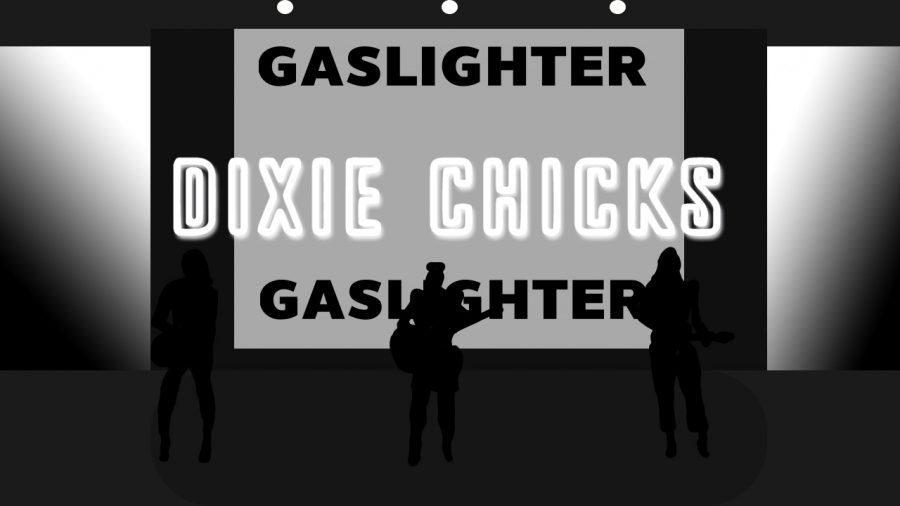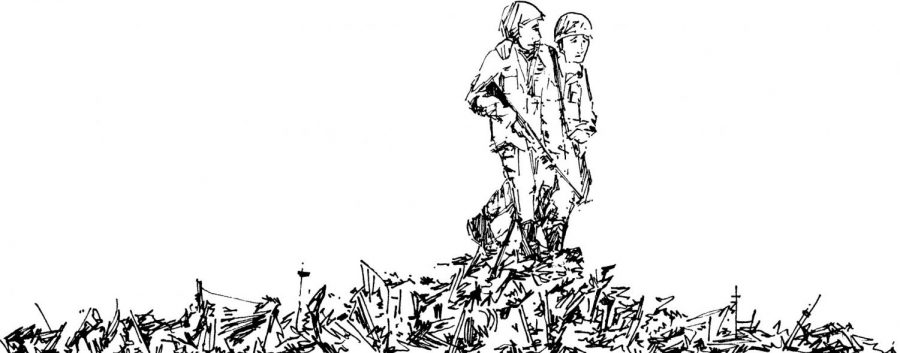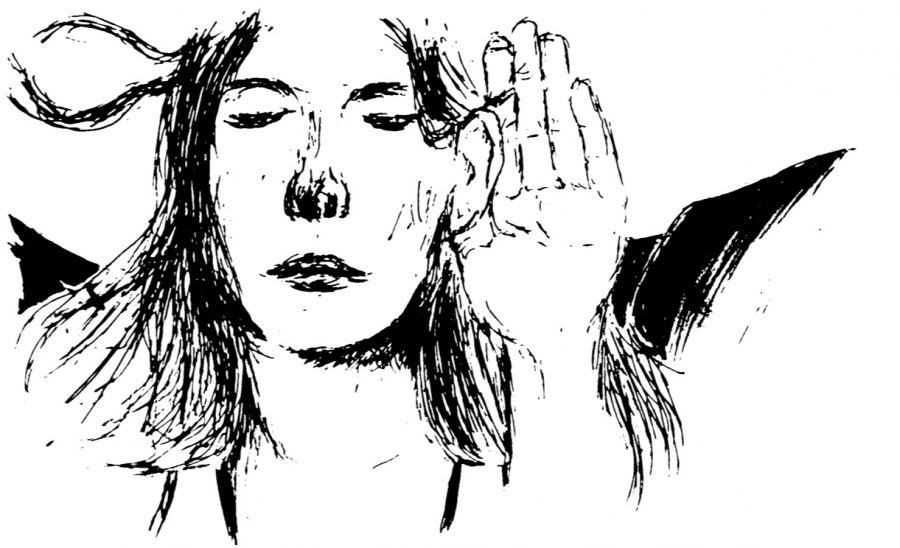It is fairly easy to gage the ebb and flow of cinematic expression in the popular arena and the last 12 months haven’t dared challenge many cornerstones of Hollywood’s status quo. The daring 3D effects of James Cameron’s “Avatar” predictably revolutionized the technology that goes into making films, offered a visual experience unlike anything we’ve seen since the days of the early “Star Wars” films in the ’70s and became the highest grossing film of all time, earning $2.7 billion so far, ousting the 12-year title holder “Titanic” (Cameron’s previous feature).
But, “Avatar,” predictably, was also a cinematic disaster with its story resembling a pathetic mish-mash of the worst aspects of Disney’s “Pocahontas,” Kevin Costner’s “Dances with Wolves” and “FernGully: The Last Rainforest.” Stereotypes reinforced, narrative ignored and acting left to rot: this should also remind you of “The Blind Side”: Cameron’s monstrous heap of images reminds us of the predictability of Hollywood these days.
This year, we’ve seen the release of two cinematic adaptations of Nicholas Sparks novels (“Dear John” and “The Last Song”) in as many months. We’ve seen an attempted kick-start to several household franchises, namely “Star Trek,” “Halloween,” “Terminator,” “X-Men,” “Friday the 13th” and, most recently, “A Nightmare on Elm Street.” And we’ve seen the release of Pixar’s yearly nonpareil: “Up.”
Cinema gets more unpredictable the further we stray from our blockbuster-acclimated comfort zone. Who would’ve thought that an anti-epic war film from the first female director to win an Oscar could beat out the likes of one of the many dumb behemoths populating the Academy Awards for Best Picture?
Who would’ve thought that another small film from a gay, black director about an obese, illiterate, teenage girl living in Harlem on welfare with an abusive mother and raising a child with Downs Syndrome would’ve raised so many mainstream eyebrows and garnered so much praise from the critical establishment and popular audience alike?
Many critics said, at the end of 2009, that the quality of films released had gone down. This may be true, especially when lots of films are built to follow the action-comedy synthesis paradigm evident in “Kick-Ass,” “The Bounty Hunter” or “Sherlock Holmes,” to name a few. Added to the recent shut-down of independent film distribution branches of many big studios, including Warner Independent Pictures and Picturehouse, the depreciation of film quality seems unavoidable given its current trajectory.
If there’s one thing to gain from this year, though, it may have been captured by the two films of exceptional quality that did find popular audiences. “The Hurt Locker” and “Precious: Based on the Novel ‘Push’ by Sapphire” are evidence that good films can be appreciated by many people if they have immediate access to them. You don’t have to be an expert in cinematography or Italian neo-realism to marvel at the realization of a thoughtful story in a sequence of audiovisual moments. All you have to do is be willing to go a little out of your way to find films that might have otherwise gone under your radar.




